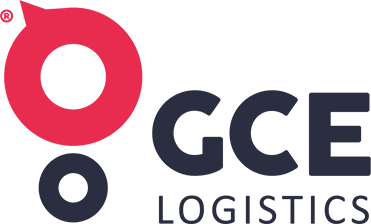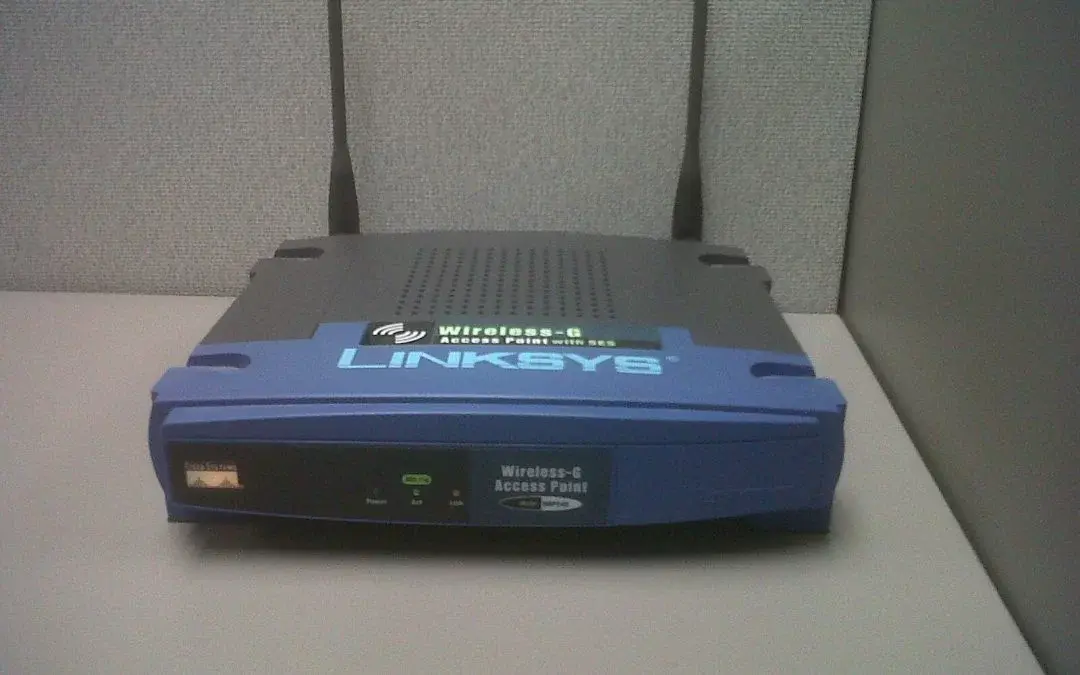Importing and exporting stuff isn’t exactly a walk in the park. Every country has its own set of rules about what can come in and go out. And let’s be honest, trying to figure out all those rules for different countries can be a real headache.
That’s why we’re going to break down the import process country by country. To kick things off, we’ll dive into the world of importing goods to Australia. Let’s see what kind of hoops you need to jump through to get your products Down Under.
Understanding Customs Valuation in Australia
As per seasoned Importer of Record IOR services for Australia, the imported goods to the country are usually evaluated on their transaction value. It is the amount paid or payable on a good when it is sold as an export to a country of importation like Australia.
When importing to Australia, the truncation value applies only when there is no connection between the buyer and seller. This clause ensures that actual prices remain unchanged to prevent manipulation of customs taxation.
The Australian Customs and Border Protection Service is solely responsible for clearing all imports for Australia.
Besides transaction value, some other standard customs valuation also applies to goods imported to Australia. Any experienced Importer of Record IOR Services for Australia can guide you better in this regard.
Rules of Origin and Duty Rates
Australian customs legislation uses this set of rules to determine duty rates—deferred, reduced, and preferential—based on the status of the country of exportation. For example, the Rules of Origin invoke a free-trade agreement. Goods imported to Australia from the signatories of this agreement get preferential duty rates.
Importing With an ABN
Seasoned Importers of Record IOR service for Australia also recommends a method for becoming eligible for GST deferral schemes while importing into the country i.e. register for an Australian Business Number or ABN. Input tax credits can also be claimed when the importer possesses an ABN.
Concessional Duty Rates
To simplify importing to Australia, the Australian government offers concessional duty rates for more than 40 broad categories of goods. Note that many of these concessions do not require ABN registration or involve free-trade agreements.
Essential Documents for Importing to Australia
Goods imported to Australia can be cleared with the provision of these documents.
- Informal Clearance Document (Customs Entry)
- Bill of Lading (BOL) or Air Waybill
No special invoices are needed to get customs clearance. Any commercial invoice or BOL that mentions the following details is enough for customs clearance.
- The status of shipping goods (FOB or CIF)
- Name, address, and contact of the consignor
- Country of origin
Simplify Your Imports with GCE Logistics’ IOR Services.
Let us handle the complexities of customs clearance and compliance. From quotation to import tax refund, our expert team provides a seamless import process. Continue reading Why Use an IOR in Australia?
Contact us today to discuss your specific needs and receive a tailored solution.
Read More Articles about IOR:


Recent Comments